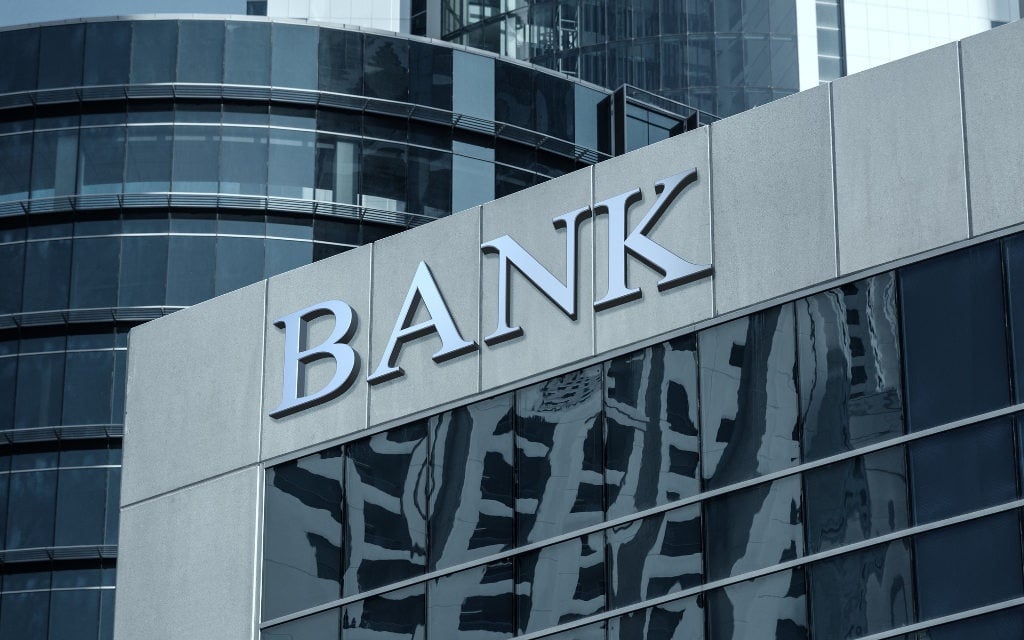
- Absa's economic research team does not expect any interest rate hikes until March 2020.
- The bank says the SA Reserve Bank has no pressure to tighten its monetary policy.
- But the record-low interest rates are still not boosting banks' lending activities.
Absa expects interest rates to remain at current record lows at least for the next 12 months.
Absa, which presented its economic outlook for the second quarter on Wednesday, said the SA Reserve Bank (SARB) has no reason to hike interest rates since there are no inflationary pressures and no pressing fiscal risks.
Absa Group senior economist Peter Worthington said he didn't foresee a repo rate hike until March 2022. The banking group forecasts a 25 basis points hike then, and the prime lending rate to remain below 2019 levels by the end of 2023 at 8.25%.
Absa said while the SARB's Quarterly Projection Model does anticipate a hike of 25 basis points in the second quarter of 2021, and again in the fourth quarter, the Monetary Policy Committee has proven that domestic conditions influence its decisions more and that it's willing to override guidance given by the projection model.
Worthington said credit extension in the country has remained "incredibly subdued" despite the record-low interest rate. So, there was nothing to suggest that SA's monetary policy was too lax and needed tightening. On the other hand, there's inflation, which Absa expected would most probably stay within the bottom half of the target range.
"So, why would the SARB hike? It has no reason to. It's sitting very pretty where it is right now, and I don't think there'll be any great rush to hike as long as the economy continues to register slow growth improvement and muted inflationary pressures," said Worthington.
He said the only instance in which the SARB could hike interest rates earlier than March 2022 was if SA experienced a "rude shock" - either from external or domestic developments that would send the rand into a free-fall.
The local currency has notably firmed up this year, and Absa expects it to remain strong at R14.25/USD by mid-year and before weakening slightly to R15.25/USD by year-end.
The bank's currency strategist Michael Keenan said the rand was now overvalued relative to its peer group of emerging market currencies. At the same time, the US dollar was slightly undervalued on purchasing power parity basis, which was why Absa expected to see renewed "softness" towards the end of the year.
Low interest rates are not yielding desired credit activity
However, the low interest rates are still not shoring up credit activity, and Worthington does not see this changing anytime soon.
In 2020, private sector credit extension contracted, and banks reported a decline or muted credit growth, except in mortgage lending.
Worthington said data that Absa analysed showed that credit growth remained "exceptionally subdued" in the first quarter of 2021 too. Bank lending to corporates shrank by 0.9% year-on-year in the three months to March, while lending to households grew at a slower pace than in 2020 at 2.4% year-on-year.
The only area where the bank saw credit demand continuing was mortgage lending.
"Why is credit growth so very, very low against this backdrop of record low rates? It's not just about the price of credit. It's also whether people feel that they can use credit in a productive fashion," he said.
He said corporates want to have more confidence about the operating conditions in SA first and that they'll be able to repay their debt if they borrow to expand their operations.
He thought this lack of confidence was partly responsible for the low take up of the government's Loan Guarantee Scheme.
Worthington reckoned that consumers had also become more cautious about taking on debt. Absa's research and the SARB data showed a record increase in the household savings rate in 2020. The saving rate jumped from a negative territory in 2019 to 1.5% of households' disposable income at some point in 2020 and remained positive for the rest of the year.
"The reality is, there may have been a sort of a semi-permanent culture shift here... Maybe people just don't want to borrow to spend in the way that they used to," he said.
Worthington added that the pandemic also made people desire more financial security, which is why SA recorded higher levels of household savings.
